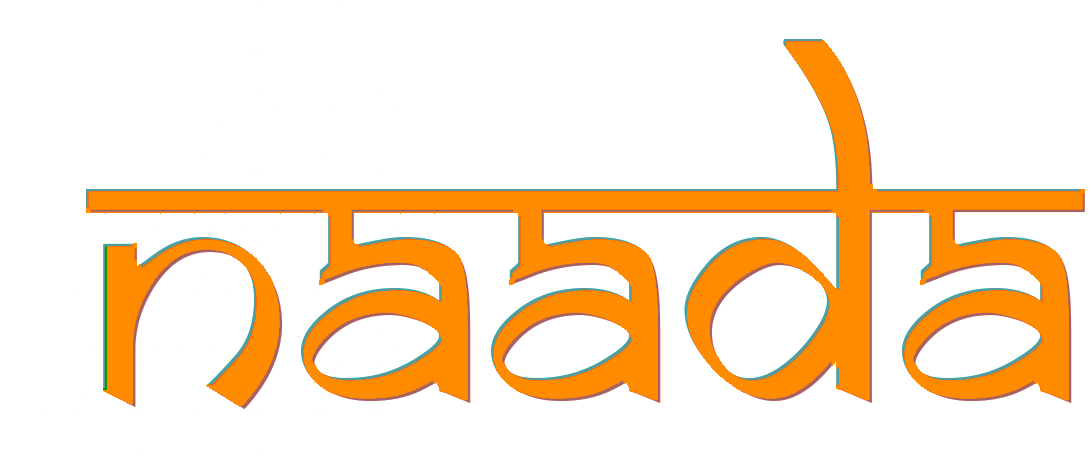Plucked string instruments are a category of musical instruments that produce sound when the strings are plucked, strummed, or picked, rather than bowed or struck. These instruments have been integral to music across cultures for centuries, offering a unique range of tonal qualities and playing techniques. They typically feature a resonating body or a soundboard that amplifies the vibrations of the strings when they are plucked.
In certain plucked string instruments like the Sitar, Veena, Biwa, and Shamisen, the bridge—known as javari or savari—features a flat or curved surface that interacts in-elastically with the vibrating string. This nonlinear collision, combined with the wave dispersion along the string, produces the characteristic buzzing sound unique to these instruments [1]. Similar to Bowed strings, the wave propagation is simulated with Digital Waveguides. The digital waveguide delays need to be stitched to a finite-difference scheme where the wave equation is solved with collision constraints [2],[3].
Naada PluckedStrings consists of the following instruments:
- Veena (Saraswati and Rudra).
- Acoustic Guitar.
- Pipa.
- Sitar.
- Sarod.
- Oud.
Articulations and Playing options
- Tremolo, Pluck.
- Plectrum vs Finger pluck.
- Sympathetic strings (Sitar, Sarod).
- Strum (Chikari).
- Play on lower string (Acoustic Guitar only).
References
- [1] “Dynamics of simple string subject to unilateral constraint: A model analysis of sawari mechanism”, Tomoyasu Taguti, Acoust. Sci. & Tech. 29, 3 (2008).
- [2] “Methods for simulating String Collisions With Rigid Spatial Obstacles“, A. Krishnaswamy, J.O. Smith, 2003 IEEE Workshop on Application of Signal Processing to Audio and Acoustics.
- [3] “Numerical Modeling of String/Barrier Collisions“, Stefan Bilbao, ISMA, 2014.
